Deciding to move into a new distribution center is no easy task and certainly requires planning that many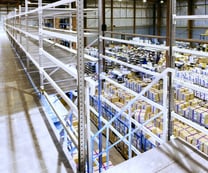 companies are not accustomed too. If not done properly, the warehouse planning process can be doomed from the beginning. The first major challenge is conducting an operational assessment determining how much space you need to accomplish the existing tasks and to support sales growth. And then how will the space be best used?
companies are not accustomed too. If not done properly, the warehouse planning process can be doomed from the beginning. The first major challenge is conducting an operational assessment determining how much space you need to accomplish the existing tasks and to support sales growth. And then how will the space be best used?
Here are 10 important factors to take into account regarding whether a potential warehouse will work for your company.
1. SKU and Sales Growth
One of the first questions that should be asked is what will happen with SKU growth. Companies often think about where they are currently, and how many SKU’s they have added recently. But you must take into account changes in the business and answer some of the following questions:
- Will you be adding new SKUs at a higher rather than previous years?
- Will these new SKUs be in new product lines that bring about other challenges from a functional perspective that may require space such as kitting or not be conyeable
- Will the new SKUs be a different cubic dimension than the current product mix? Will they be larger, smaller, heavier, longer, wider etc.
- How might a change in the cubic dimensions affect storage requirements, and other material handling equipment including pick carts and conveyors?
- How many SKUs will become obsolete within that same time frame, opening up space potentially?
- What is the sales plan for the new 3 to 5 years? Will the sales be from an increase in the average price point, or from more units per order? This will affect the space requirements over time.
All of these factors figure into warehouse planning, specifically calculating the number of pallet positions and forward pick locations. It’s key to collaborate with the merchants to plan this accurately.
2. Inventory Turnover
Better management of inventory is critical so to not continually require more storage space to house dead inventory. This is an area that can be a challenge to many businesses as they may not have sufficient KPIs and analytics to support aged inventory reporting or excess stock on hand. Typically, we find that efficient businesses run around a 5% to 7% of inventory dollars that are deemed excess or aged – anything above 8% to 10% begins to lead to inefficiencies in the warehouse etc. Here are some of the questions that must be asked as part of this process:
- How much dead or excess inventory are you carrying currently?
- How does your company define excess inventory? Excess inventory is where you are carrying more days, weeks, months or years of stock than it takes you to reasonably get back in stock and still meet minimum order quantities etc. An example of this is a product that can easily be back in stock within 4 weeks without paying expedited freight, but yet the company is carrying a 6 month supply instead of something more reasonable like 6 or 7 weeks of supply.
If you remove excess and aged inventory from the inventory, how will that affect storage requirements if it is managed better?
Inventory turnover ratio has a huge effect on how much space you need. It’s important to understand the turnover by product and category. The merchants again need to be brought into the planning process so that excess and slow moving stock can be liquidated.
3. Think “cubic feet of the space” rather than just the building’s footprint
It’s surprising how many times management looks at space first in terms of its cost rather than the potential capacity in terms of cubic feet. Will your clear stack height be different in a new building? If so, how much vertical storage will this give you? Going from a building that’s 20’ clear stack height to 26’ is substantial in that you will be able to store an additional level of pallets. But translating how much space you currently have and what it equates to in a new facility with a higher clear stack is often times miscalculated. Think in terms of how many pallet locations are required and the other DC functions required.
4. Warehouse shape matters
We have consulted with clients on multi-floor facilities; a V shaped building; a building 1,000 ft. long and 200 ft. wide with expansion that would make the space 400 feet longer. All buildings can work but they may have serious efficiency downsides. Additionally, in vacant warehouses without racking, column positions can break up the pallet rack configuration and sprinkler systems have to be installed too. My point here is to consider doing the layout for the product workflow and the racking before committing to the building. Oddities can add costs, especially for picking.
5. Number and position of dock doors
Especially in a smaller distribution center, there often aren’t enough dock doors. How many do you need? Adding them later is generally prohibitive. Will you be loading outbound trailers while receiving inbound shipments? The number of doors and how the space is configured for inbound and outbound is key.
6. Material Handling Solutions and Automation
In the new building what types of material handling solutions and automation can your business afford to invest in and get a reasonable ROI? Will you go from a wider racking aisle to narrow aisle? Considering the automation aspects being considered and how does the footprint of the potential building measure up?
7. Warehouse Layout and Processes
All of this leads to the warehouse layout for the new space in terms of work and product flow, MHE use and automation to be employed. Three areas that typically need more consideration are: inbound receiving, QA and staging; returns processing and refurbishment; and forward pick configuration for the shortest pick path. Will you support new functions in the warehouse such as kitting or value added services? As you review your warehouse layout and process, how flexible is this warehouse to changes in size of products, their conveyability, growth, etc,?
8. Expansion of the building for growth
As your business grows, how can the new facility be expanded to meet your needs? How many years does this space have to last? Collaborate with the merchants on growth of the business in terms of sales and SKUs.
9. Some key metrics you’ll need for warehouse planning
To calculate bulk and forward picking storage locations: the number of SKUs, dollar inventory average and peak, inventory turnover ratio, planned SKU growth and obsolescence;
- For inbound receiving space: the profile of the incoming shipments, average and peak, number of cases, pallets and containers received; space for QA tasks and space to stage product awaiting put away;
- For outbound shipping: the number of shipments per month (peak and average), types of shipment (small package, pallet, LTL, etc.) and carrier. What space is needed to aggregate for specific carriers?
- For store shipments and type (e.g. small package versus pallet), the outbound shipment frequency and volumes – to size staging to stores.
All of these will help you plan the new distribution center accordingly.
10. Consider professional warehouse planning assistance
Selecting the right warehouse has long term consequences in terms of efficiency and service to the customers. Many require 10 year leases or are purchase decisions. Consider hiring a consultant that can guide your decision and help you with these critical decisions. Many of these are critical calculations of space that are dependent on good planning by merchants and other senior management. Another set of eyes can help make a difference.
These are just a few of the items that companies overlook when trying to estimate the required distribution center space. Be sure to spend the upfront time analyzing all facets of the business before buying or leasing a new building.



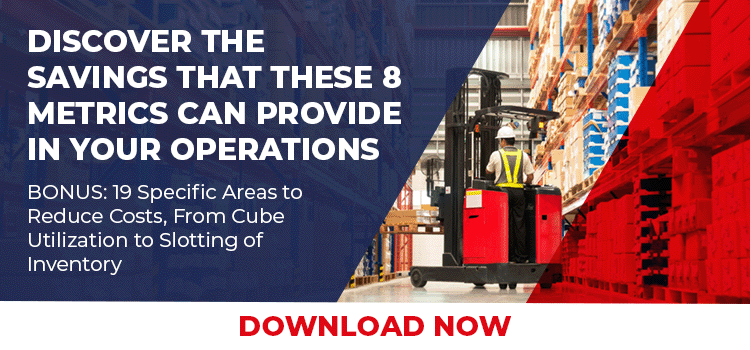
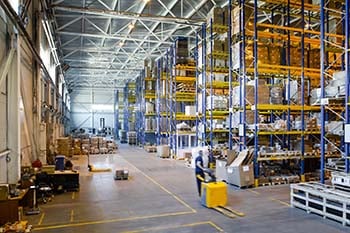
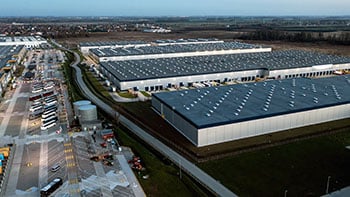
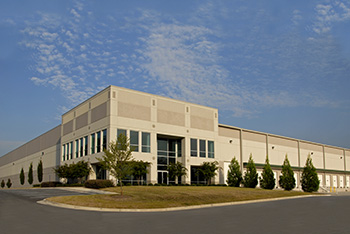
SHARE